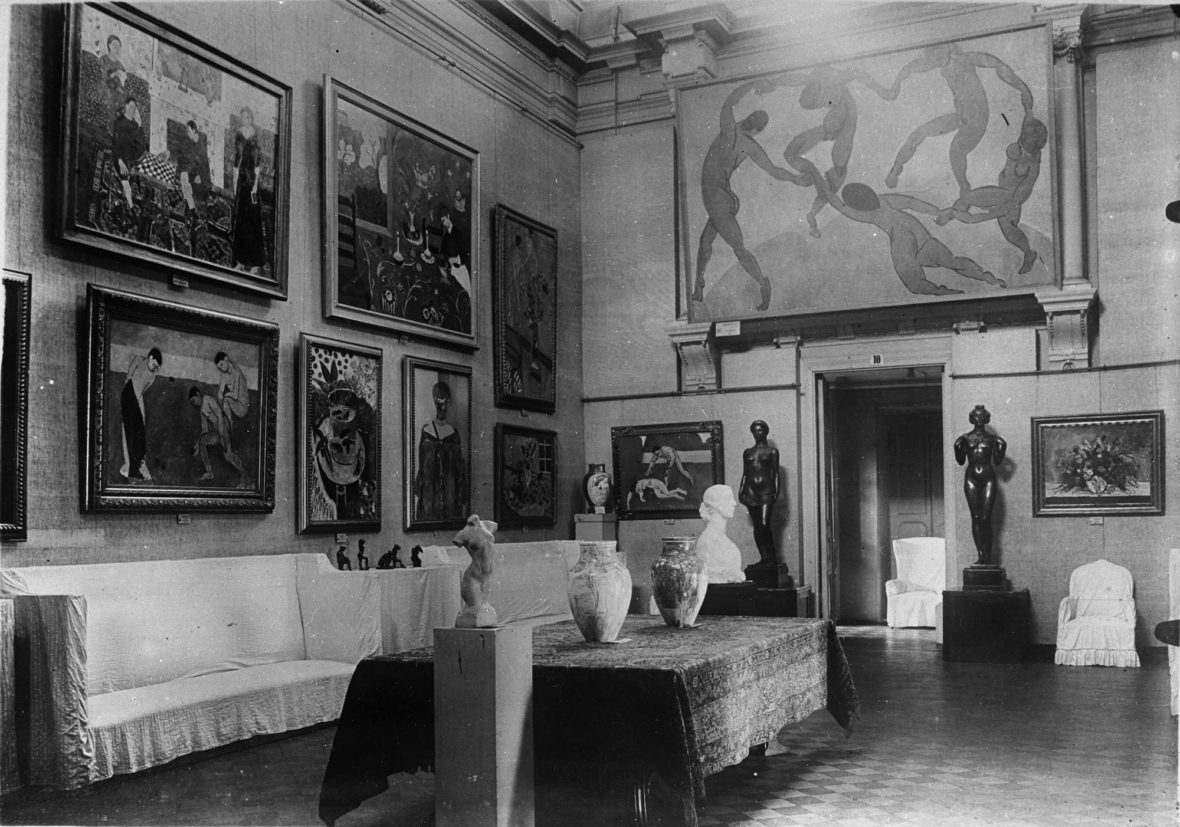Madeline Morley discovers how a member of Moscow’s mercantile class amassed one of the most extraordinary art collections of the twentieth century
“If a picture gives you a psychological shock, buy it. It’s a good one.” This was the advice that the great Russian art collector Sergei Shchukin gave his daughter at the turn of the 19th century.

During the first quarter of the 20th century in Russia, this small inconspicuous man with an uncontrollable stutter – a member of Moscow’s conservative and provincial merchant class – would open the doors of his Trubetskoy palace to the public to share his collection of paintings. Rooms adorned with the sunset palette of Matisse, the distorted perception of Picasso, the looming bodies of Degas and the earthy hues of Cezanne, all crowded under the ceiling’s ornate decor. It was here that a generation of young art students would draw from the canvases they observed and eventually find their way to abstraction.
Since Peter the Great, wealthy czars had supported the arts, but by the end of the 19th century, it was Moscow’s merchants – particularly Shchukin – who were buying the “shocking” work of new French painters, pieces like Matisse’s ‘La Danse’ and Picasso’s ‘Les Demoiselles d’Avignon’ that were scorned by the aristocrats of old Slavic-Russian values. It was well known that only Shchukin’s most sophisticated visitors could get a glimpse of one of his precious Gauguins, which he kept hidden behind a curtain.
He was a unique, open-minded collector, and regularly became close friends with the artists he supported. He would spend hours in front of a painting before he decided whether or not to purchase it, allowing its mood to wash over him.
In 1918, after immigrating to Paris with his family to escape the political upheaval of the revolution, Shchukin’s collection became the property of the state, and was hidden in museum storerooms. Almost 100 years later, the Foundation Louis Vuitton hosted an exhibition of 130 of his collected works.
“Nothing will ever replace the sensitive, invested, courageous and committed eye of the private art collector, enamoured often to the point of addiction and madness,” said the exhibition’s general curator, Anne Baldassari. Ultimately, Shchukin’s talent wasn’t business but instinct, curating and selecting the defining works of an art historical epoch. The show was a reminder of the power and eventual prestige that emerges from making the right choices at the right time.
This article was original published in Issue 19 of Port